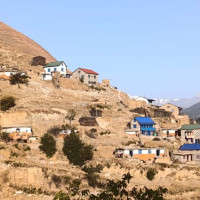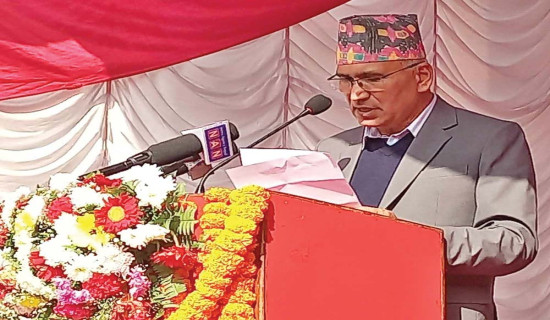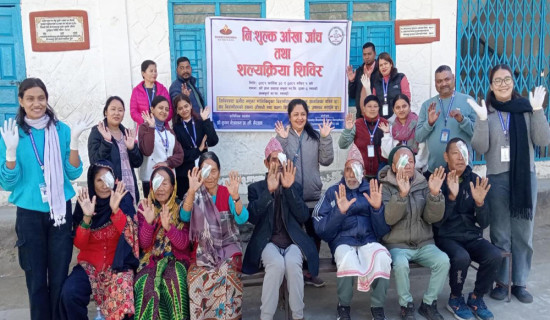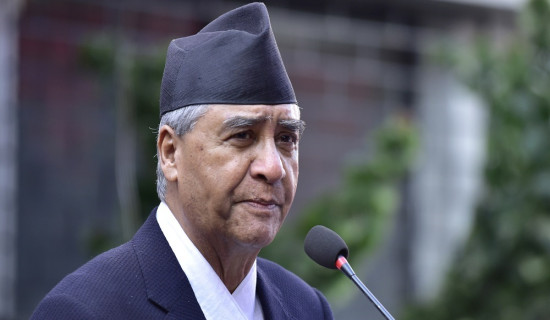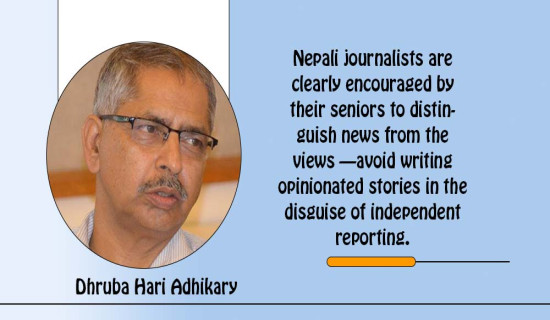- Sunday, 17 November 2024
Power consumers complain company denies refunding deposits
By Hari Koirala
Urlabari, Nov. 17: Locals in Miklajung Rural Municipality of Morang district, who had been using electricity under the Rural Community Electrification Programme, have expressed dissatisfaction over not receiving refunds for deposits they made for electricity service.
During the armed conflict, Nepal Electricity Authority (NEA) was unable to supply electricity to certain areas, prompting the government to electrify these regions through the programme.
As part of this initiative, residents of the then-Tandi Village Development Committee (now Miklajung-2, 3 and 4) contributed funds for electrification. First-class consumers paid Rs. 7,500, second-class Rs. 4,500, and third-class Rs. 3,000, which were handed over to Angdim Company.
At the time, government employees could not reach the villages, as Tandi was a Maoist stronghold. Following NEA regulations, 80 per cent of the electrification cost was borne by the authority, while 20 per cent was covered by the company.
In 2003, Angdim Company extended electricity to the Tandi area at a cost of Rs. 23.33 million. Of this, Rs. 4.66 million (20 per cent) was raised from consumers, while NEA covered the remaining 80 per cent. Consumers had contributed with the hope of seeing electricity at their homes and the company agreed to return the funds after seven years. However, this agreement has yet to be implemented.
Under NEA's rules, the company purchases electricity at Rs. 6.25 per unit at night and Rs. 6.50 per unit during the day. NEA has installed Time of Day (TOD) meter boxes under each transformer, where collected funds are submitted to NEA, while the company collects usage fees directly from consumers.
Local consumers allege that the company has not invested its own funds in the electrification process. Financial contributions included Rs. 1.5 million from Miklajung Rural Municipality, Rs. 1 million from former Constituent Assembly member JB Tuhure and Rs. 700,000 from MP Dig Bahadur Limbu for purchasing utility poles. However, locals accuse company officials of misusing these funds for personal gains.
Previously, the cost-sharing ratio for rural community electrification programmes was 80 per cent from NEA and 20 per cent from the implementing company. Recently, this has been revised to 90 per cent and 10 per cent respectively.
Locals claim that government budgets have been funneled into such electrification projects, benefiting the company directors while leaving basic infrastructure, such as utility poles, incomplete in areas like Chokte Sirani, Todke, Jalukeni and Bimlachowk.
Bimlachowk resident Kamal Rai said, "It's been 10 years since we requested for poles, but nothing has been done."
Similarly, Bishal Limbu from Sakhare vented his anger, claiming, "Angdim grows rich while consumers suffer." Limbu added that wooden poles still remained in some areas and that consumers had to purchase black wires to bring electricity to their homes, incurring additional costs.
Meanwhile, Angdim Company Chairman Tanka Bahadur Kafle said that millions had been spent on electricity upgrades and around 50 to 60 families had not paid electricity fees since 2003, resulting in arrears exceeding Rs. 2 million. He warned that if 51 per cent of consumers filed a petition with NEA, the Rural Community Electrification Programme could be terminated.
Umesh Kumar Jha, NEA's Koshi Province Chief, said that NEA does not interfere in transactions between the company and consumers. "We only verify whether the company is updated annually," he said.

.jpg)



